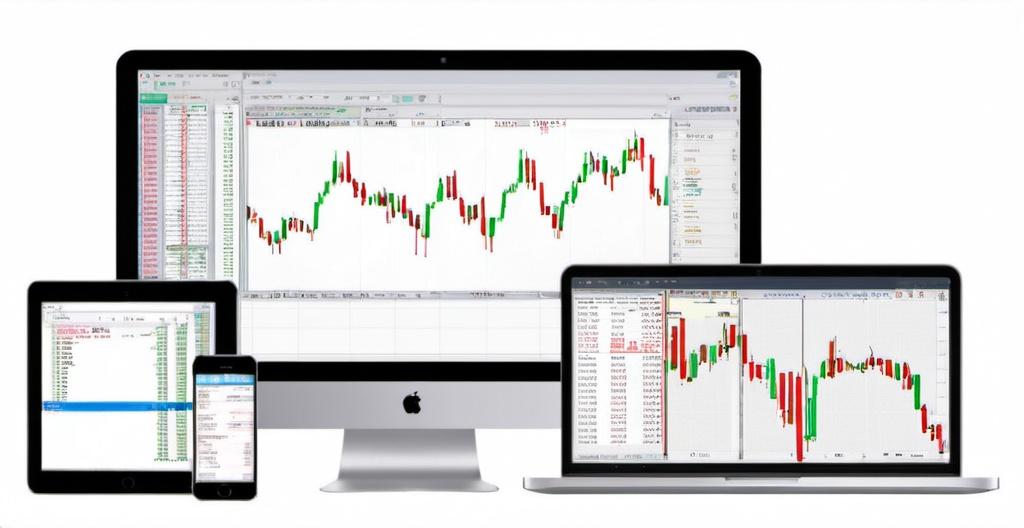Volatility: Thrills vs Structure
One of the clearest differences between crypto and forex is volatility. Cryptocurrencies can move 10–20% in a single day, sometimes within hours. A coin can double overnight, then crash the next week. That kind of movement attracts traders looking for explosive returns, but it also means positions can unravel fast.
Forex, on the other hand, trades in smaller, steadier ranges. Currency pairs move based on macroeconomic data, interest rate decisions, and geopolitical events. While volatility spikes do happen, the market is generally more predictable than crypto. For traders who want consistency rather than constant chaos, forex tends to offer a calmer ride.

Liquidity and Market Size
Forex is the largest financial market in the world, with more than $6 trillion traded daily. That liquidity keeps spreads tight and execution fast, even for large orders. Traders rarely face slippage in major pairs like EUR/USD or GBP/JPY.
Crypto markets are far smaller, and liquidity varies widely. Bitcoin and Ethereum are highly liquid, but smaller tokens can see thin order books where a single trade moves the price. This creates opportunity for sharp gains, but also more risk of being stuck in or out of a trade at the wrong price.
Trading Hours
Forex runs 24 hours a day, five days a week. Once markets open on Monday in Asia, trading continues non-stop until Friday evening in New York. Crypto, by contrast, never closes. Markets run 24/7, including weekends and holidays. While this appeals to traders who want flexibility, it also means price can shift when you’re asleep, away, or distracted. Managing crypto positions often requires more automation or constant monitoring.
Regulation and Security
Forex is heavily regulated. Brokers must be licensed, meet capital requirements, and follow strict reporting rules. This doesn’t eliminate risk, but it does provide traders with more protection if disputes arise.
Crypto regulation is fragmented. Some countries are strict, others hands-off, and many platforms operate in grey areas. Traders are responsible for their own due diligence, and scams remain common. Regulation is improving, but the safety net is still weaker than forex.
Tools and Platforms
Forex platforms like MetaTrader 4, MetaTrader 5, and cTrader have been refined for years. They offer advanced order types, algorithmic trading, and deep historical data.
Crypto trading leans more on mobile apps and exchange-specific platforms. While some offer advanced tools, many are designed for quick, retail-level use. For traders who want automation or institutional-grade features, crypto still lags behind forex, though it’s catching up quickly.
Perspective From Kenya
In Kenya, where both markets are growing in popularity, forex still attracts more disciplined traders. As an expert from Forex.ke explains:
“Crypto may offer bigger thrills, but forex gives you structure. The volatility in crypto can be too much when you’re starting out—you need a foundation first.”
That perspective reflects a common view: crypto’s fast pace appeals to risk-takers, but forex offers a more stable path for building skill and discipline.
Which Market Fits You Best?
- Choose forex if you want a structured market, predictable volatility, and established regulation.
- Choose crypto if you’re comfortable with 24/7 markets, higher risk, and the chance for big but unpredictable swings.
Both offer opportunity, but the right fit depends on your tolerance for risk, your discipline, and how much time you can dedicate to managing trades. For many traders, forex builds the foundation, while crypto becomes the higher-risk satellite play once the basics are mastered.
This article was last updated on: August 29, 2025
